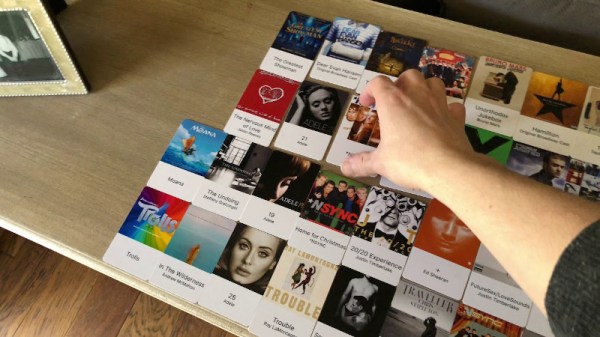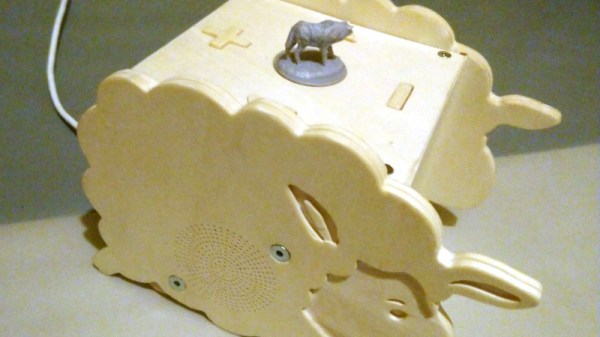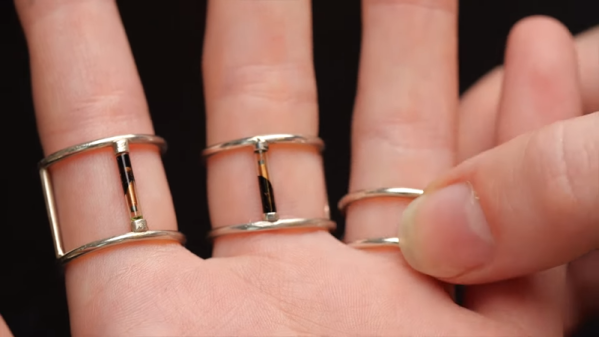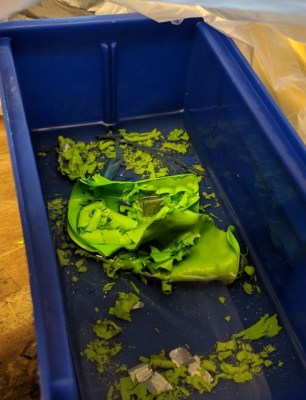RFID tags are normally used for pedestrian tasks like tracking shipping crates or opening doors to workplaces we’d rather be absent from, but they can also be cool and fun. [hoveeman] demonstrates this ably with a tidy jukebox project.
The build is based on a Raspberry Pi Zero, secreted away underneath a table with a USB RFID reader attached. Atop the table are a series of RFID cards upon which [hoveeman] printed the artwork from his favorite albums using a special caddy in an inkjet printer. Through some Python code and shell scripts, when scanning a card, the Pi Zero is able to trigger all the Google Home compatible devices in the house to play the album selected at the same time.
It’s a visually enjoyable way to cue up some music, and likely more reliable than most voice assistants, too. We can see this being particularly useful for Weezer fans; with the band’s many self-titled releases, Siri and the Google Assistant typically fail to play the right album on request. We’ve seen other beautiful RFID jukeboxes before, but one player that really sticks out ditched the RF and just uses computer vision with vinyl albums as the ID.
Continue reading “RFID Music Player Gets The Whole House Pumping”




















